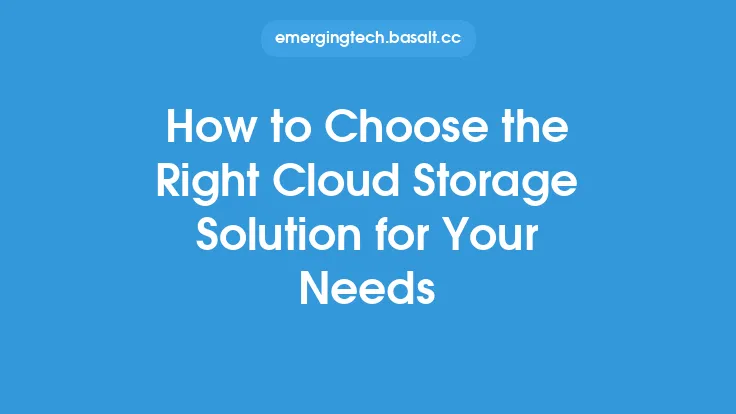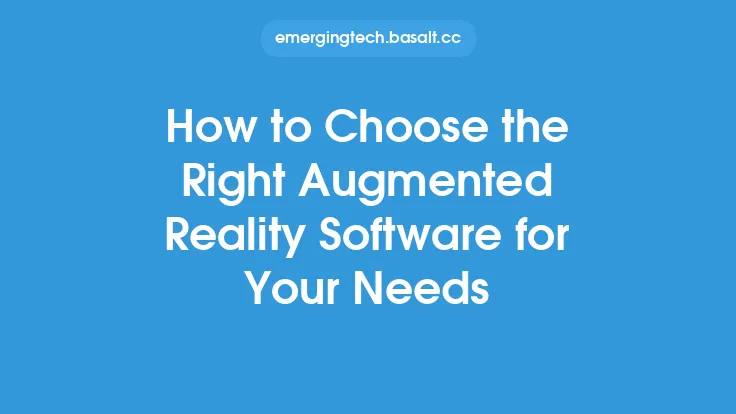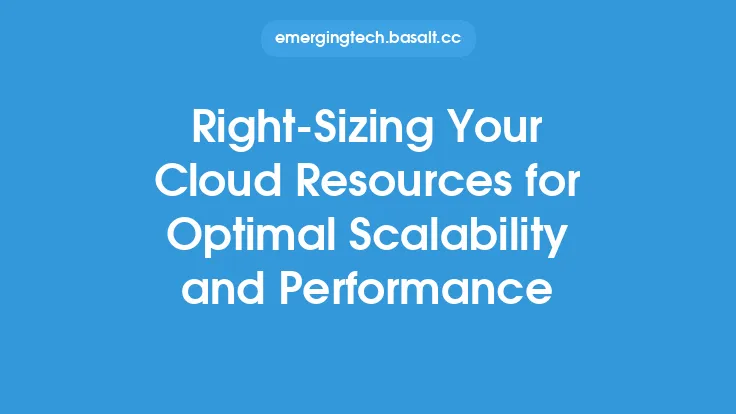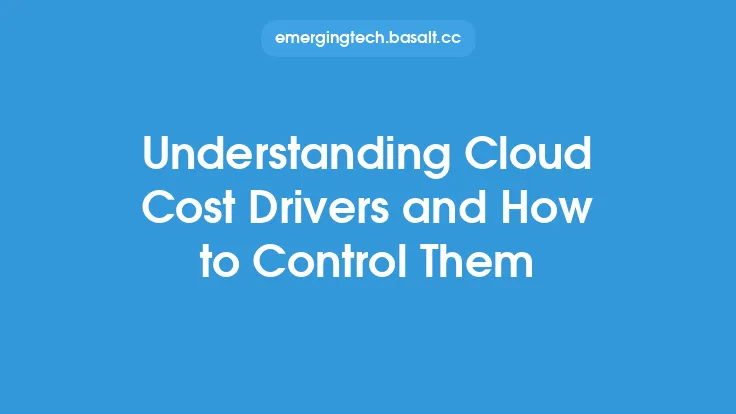Choosing the right cloud pricing model is a crucial decision for businesses, as it can significantly impact their bottom line. With the increasing adoption of cloud computing, companies are faced with a plethora of pricing options, each with its own set of benefits and drawbacks. In this article, we will delve into the world of cloud pricing models, exploring the different types, their characteristics, and the factors to consider when selecting the most suitable one for your business.
Introduction to Cloud Pricing Models
Cloud pricing models are designed to provide businesses with flexible and scalable pricing options, allowing them to pay only for the resources they use. The three primary cloud pricing models are pay-as-you-go, reserved instances, and spot instances. Each model has its own strengths and weaknesses, and understanding these differences is essential for making an informed decision.
Pay-As-You-Go Pricing Model
The pay-as-you-go pricing model, also known as the on-demand pricing model, charges businesses based on their actual usage of cloud resources. This model provides flexibility, as companies can scale up or down to meet changing demands without being locked into a fixed contract. The pay-as-you-go model is ideal for businesses with unpredictable workloads or those that require a high degree of scalability. However, it can be challenging to predict costs, as prices are typically calculated based on the number of resources used, such as CPU hours, storage, or data transfer.
Reserved Instances Pricing Model
Reserved instances, also known as committed-use discounts, offer businesses a discounted rate in exchange for a commitment to use a specific amount of resources for a predetermined period. This model provides cost savings, as companies can reduce their expenses by up to 75% compared to the pay-as-you-go model. Reserved instances are suitable for businesses with steady, predictable workloads, as they can take advantage of the discounted rates. However, they may be subject to penalties if they fail to meet their commitment.
Spot Instances Pricing Model
Spot instances, also known as auction-based pricing, allow businesses to bid on unused cloud resources at a discounted rate. This model provides significant cost savings, as companies can reduce their expenses by up to 90% compared to the pay-as-you-go model. Spot instances are ideal for businesses with flexible workloads, such as batch processing, data analytics, or machine learning. However, they may be subject to interruptions, as the cloud provider can reclaim the resources at any time.
Factors to Consider When Choosing a Cloud Pricing Model
When selecting a cloud pricing model, businesses should consider several factors, including their workload characteristics, budget, and scalability requirements. The following are some key factors to consider:
- Workload predictability: If your workload is predictable, reserved instances may be the best option. If your workload is unpredictable, the pay-as-you-go model may be more suitable.
- Scalability requirements: If your business requires a high degree of scalability, the pay-as-you-go model may be the best option.
- Budget: If your business has a limited budget, spot instances or reserved instances may provide significant cost savings.
- Resource utilization: If your business has a high resource utilization rate, reserved instances may be the best option.
Cloud Provider Pricing Models
Cloud providers, such as Amazon Web Services (AWS), Microsoft Azure, and Google Cloud Platform (GCP), offer a range of pricing models. Each provider has its own pricing structure, and understanding these differences is essential for making an informed decision. The following are some key cloud provider pricing models:
- AWS Pricing Model: AWS offers a pay-as-you-go pricing model, as well as reserved instances and spot instances.
- Azure Pricing Model: Azure offers a pay-as-you-go pricing model, as well as reserved instances and spot instances.
- GCP Pricing Model: GCP offers a pay-as-you-go pricing model, as well as committed-use discounts and preemptible instances.
Best Practices for Choosing a Cloud Pricing Model
When choosing a cloud pricing model, businesses should follow best practices to ensure they select the most suitable option. The following are some key best practices:
- Monitor usage: Monitor your cloud resource usage to understand your workload characteristics and scalability requirements.
- Compare pricing models: Compare the pricing models offered by different cloud providers to determine which one is the most cost-effective.
- Consider reserved instances: Consider reserved instances if your workload is predictable and you can commit to a specific amount of resources for a predetermined period.
- Use spot instances: Use spot instances for flexible workloads, such as batch processing or data analytics.
Conclusion
Choosing the right cloud pricing model is a critical decision for businesses, as it can significantly impact their bottom line. By understanding the different types of cloud pricing models, their characteristics, and the factors to consider, businesses can make an informed decision. By following best practices, such as monitoring usage, comparing pricing models, and considering reserved instances, businesses can optimize their cloud costs and improve their return on investment. Ultimately, the right cloud pricing model will depend on a business's specific needs and requirements, and it is essential to carefully evaluate the options to ensure the best possible outcome.





